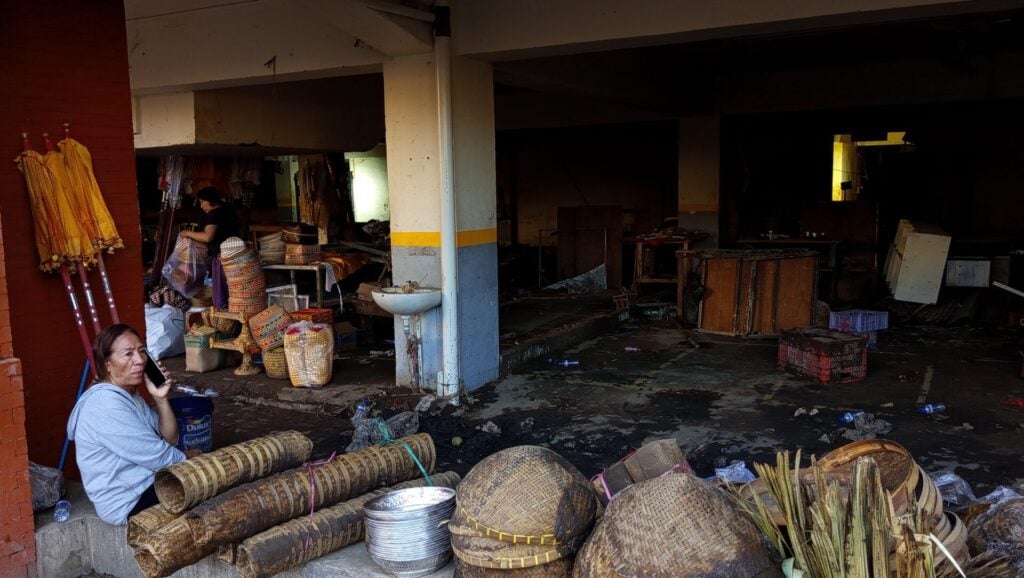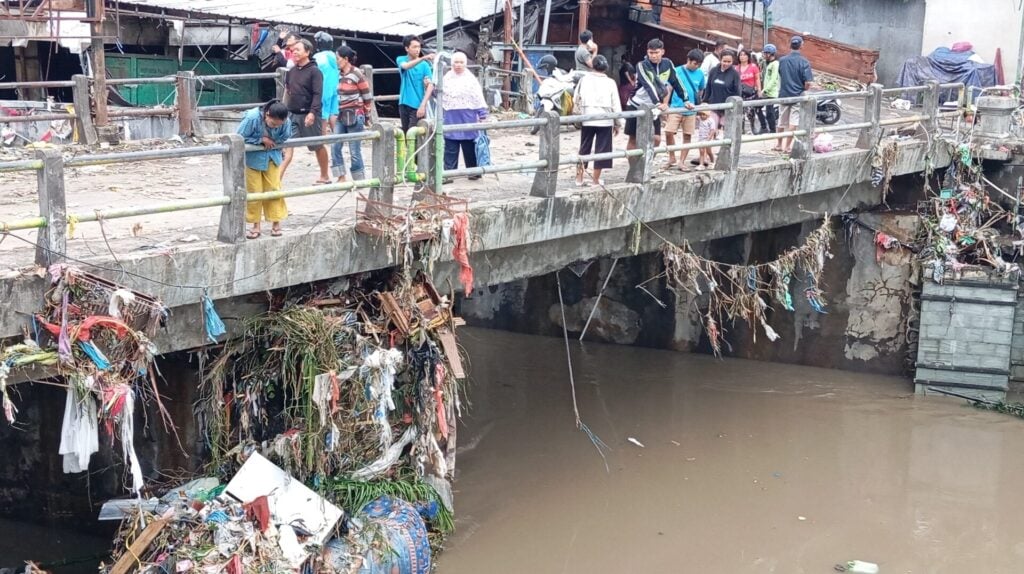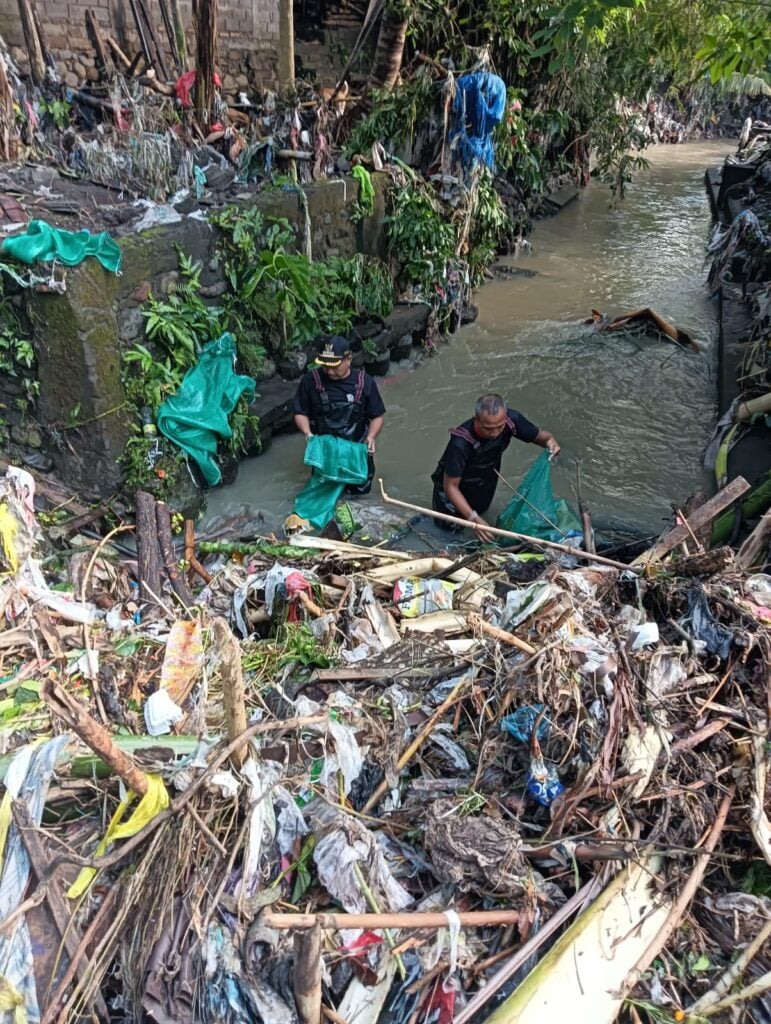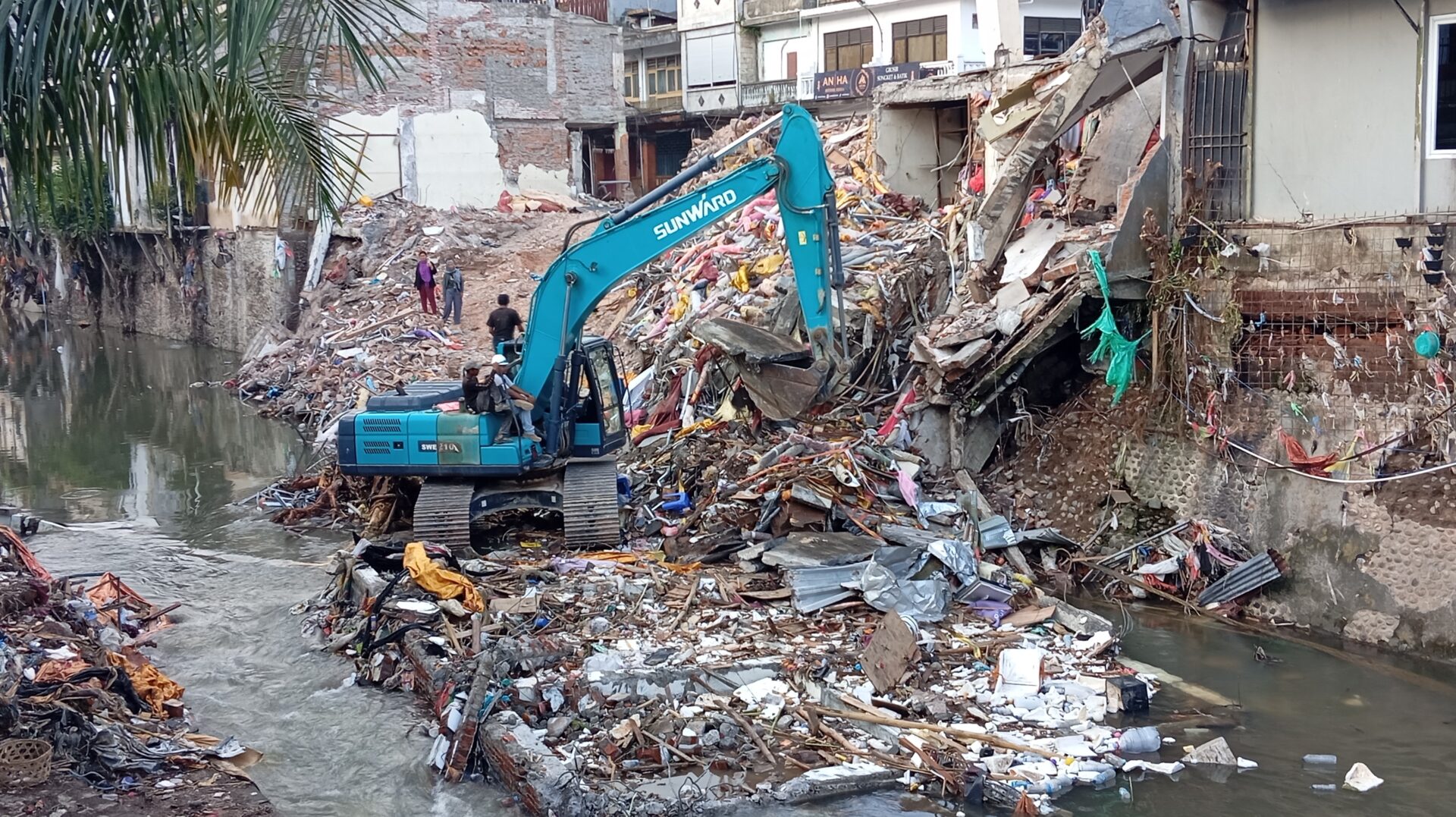Officials have lifted an emergency response status after last week’s devastating Bali floods that swept across the island.
Governor Wayan Koster ended the designation on September 17, with provincial officials citing improving conditions and a reduced need for crisis operations. However recovery efforts and assistance to affected residents will be on-going.
At least 18 people were confirmed dead after the island’s worst flooding in more than a decade.
Torrential downpours caused widespread flooding and landslides, leaving a trail of destruction.
Eight victims were found in Denpasar, the island’s capital and in the old city flooding caused two stores located next to the Tukad Badung River to collapse.

The buildings plunged 15 people into the river, killing four of them. In Jembrana Regency, a 23-year-old pregnant woman tragically died after she and her husband were swept away by floodwaters while riding a motorcycle on Jalan Raya Pengambengan–Munduk Awen.
More than 385mm of rain was recorded within a 24-hour period, leading to the evacuation of hundreds of people. The floods submerged roads and damaged bridges, severely disrupting transport across the island.
Bali Disaster Mitigation Agency (BPBD) Disaster Control head Wayan Suryawan said the flooding affected at least six regions and cities across Bali, as well as Denpasar, including Karangasem, Jembrana, Tabanan, Klungkung and Badung.
‘The extreme weather has also triggered more than a dozen landslides and fallen trees. The series of disasters has destroyed 16 buildings and damaged at least three bridges and several roads,’ he said.
The Price of Overtourism?
Scientists say the climate crisis is intensifying the rainy season, bringing heavier rainfall and more frequent flash floods, while overdevelopment and widespread deforestation are worsening the impact of flooding.
Environmental activists agree, saying that while extreme rainfall is a factor, they believe the conversion of massive green spaces and over tourism, have exacerbated the situation,

Director of the Bali Environmental Forum, Made Krisna Dinata, said that in order to accommodate the increasing number of tourists, agricultural land in Bali is gradually turning into buildings, often without proper spatial planning.
The Bali Environmental Forum, he said, often uncovers projects that violate the rules. ‘Such as the construction of tourism accommodations like hotels, villas, and others that convert rice fields and plantations into buildings.’
He explained that rice fields also have long protected Bali from flooding thanks to the island’s traditional subak irrigation system, which channels water so it doesn’t pool.
With this system, a single hectare of rice paddies can hold up to 3,000 cubic tons of water. But as more farmland and subak are converted into buildings, the island’s natural hydrological system is being disrupted.
‘Water will no longer be contained and irrigated properly, causing floods like the one we see today,’ he warned.
Bali Floods Expose Climate and Plastic Crisis
Environmental groups also point to the role of plastic pollution in worsening the disaster. Rivers across Bali, already narrowed and clogged by waste, are less able to carry extreme flows.
Sungai Watch, a local NGO that has installed more than 250 barriers in rivers to trap plastic, warned that unmanaged waste and clogged waterways are exacerbating the risks of flooding and landslides.

The organisation, which regularly publishes data on the tonnes of waste pulled from Bali’s rivers, has called for urgent reforms to Indonesia’s waste management systems and stricter controls on plastic use.
‘The recent floods in Bali have been the worst in years, devastating communities and overwhelming our rivers with debris and waste,’ Gary Bencheghib, co-founder of Sungai Watch told The Ethicalist.
‘With the rainy season approaching, our focus is on clearing these waterways as quickly as possible. Every pile of trash left behind is a risk it becomes a dam that could burst at any time. We’re working to protect communities from further flooding and prevent another wave of destruction to Bali’s rivers and coastline,’
While groups like Sungai Watch are working tirelessly to clear rivers and protect local communities, experts warn that long-term resilience will require far more than emergency clean-ups.
Without decisive action on climate change, sustainable land use, and better waste management, extreme weather events in Bali are set to become more frequent and more destructive.
For now, the island’s grassroots defenders are doing everything they can to hold the line against the rising tide.









